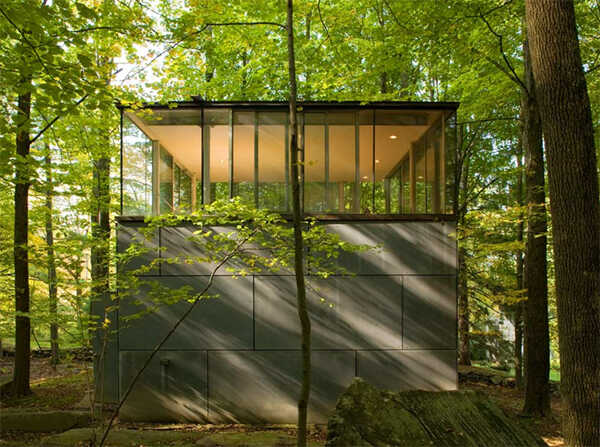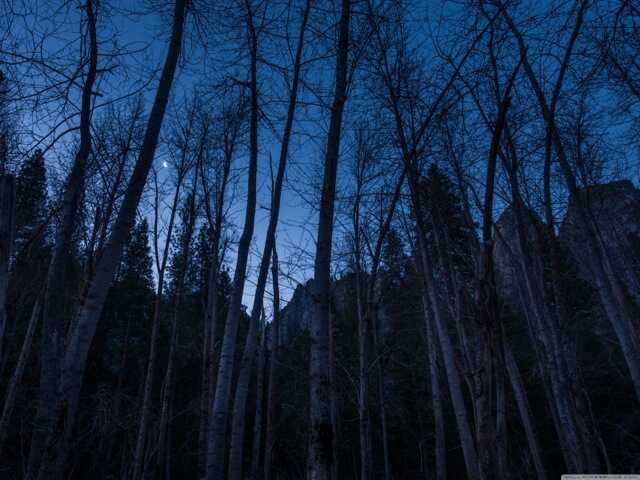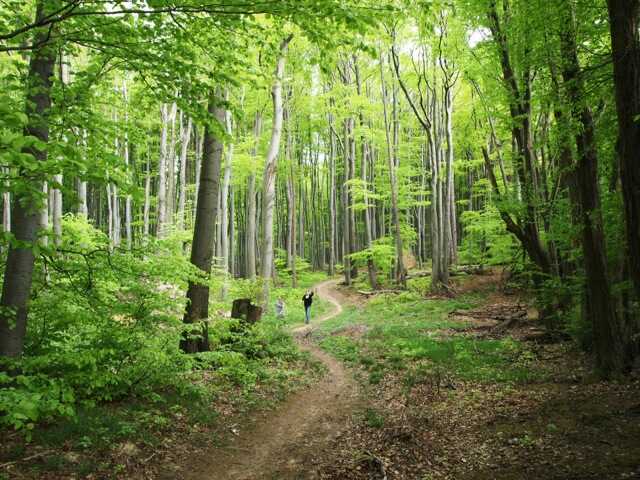Hi Bret,
“How will this work in the Cloud?”
“I heard Swift fixes a lot of the old programming problems."

(No, you’ve got the new iPad Pro!).

(but will it be available on github?)
(as long as it is backwards compatible with Python 2.x libraries)

As usual I was trying to explain to a friend (who is flying in from Kansas City for the Friday event) what to expect from CDG. I suddenly understood the depth of the problem. What you are pursuing is elusive because the worlds of both technology and education are so noisy these days. The moment you try to say or propose something, a voice shouts out:
“Oh, you mean like this holographic tech over here?”
"You mean these educational toys right there?”
Enthusiastic participants of the research can mistakenly drown out the goal. It’s not the current technology itself—though that is problematic—it’s the noise of the idea space. If only we could filter out the noise from the dialogue:
There is something I remember about your demos at Apple: they were quiet. Not necessarily sonically so, though you are somewhat soft spoken. I mean that they were subtle. They were… ordinary. It seemed like you were casually showing me something sitting in the room that I had asked about: “Oh, what’s this?” “Here, let me show you.” A tool that seemed familiar, I just hadn’t used it yet. There was no hype, no “look at how hard this was to make,” no flashy magic. It was just an everyday tool. So why the sudden tingling sensation in my neck, as though I’d experienced something otherworldly? It’s because the year is no longer 2010—it’s 2050. I’ve actually been transported into the future—a future shaped by inventions that people of that time now take for granted. It’s as though I am from the Victorian era and a reluctant teenager shows me how to sign up for a Skype account. That was the power of your demos: I became a typical citizen of the future and then returned to my own time, filled with possibilities not yet invented.
——————————

The year is 2050. Last year was 2049. Obama was president a long time ago; you can vaguely remember. You have a meeting with friends to discuss how are you going to build the new Berkeley Hills public library (which is in a forest) so that it gets maximum sunlight and is easily accessible from the town center. There are many other aesthetic and cultural considerations as well. You are trying to design a space for browsing knowledge, for solitude and quiet, and for public gatherings in the evenings—cinema, lectures, presentations. Your challenge isn’t “how do we build a better time machine” or “how do we grow crops in our space RV?” as we might expect 2050 challenges to be like (thought those challenges may also exist).
The point here isn’t actually the Berkeley library project. The point is: how do you and your friends discuss it? What tools do you use? It is 2050, after all. Do you still use pencil and paper? Do you have laptops… still?
You want to design a space. You use space-building tools. You construct things in three dimensions. You visualize and simulate the experience. What do these tools allow you to do? Capture information and then simulate, visualize, touch, experience, iterate. Maybe you work at the site itself, in the space where you will be building.
What are these tools? What are their capabilities? What do they look like? How do they maximize your creativity and thinking potential? When thoughts bubble to the surface, how do the tools help express them to others in the conversation? It is a shared, dynamic medium. How do we describe the feeling of pencil on paper—the unnamed satisfaction of giving form to something on paper, in space? Mostly, we don’t, but we feel it. That is what CDG aims to build: something hard to name or quantify, but which feels very real, and deeply, thinkingly satisfying.
——————————

To see these possible tools more clearly, we may actually have to travel to a particular 2050. But how? I remember once reading about how much costumes and sets help film actors inhabit the other worlds they are creating. Their acting changes because of it—they are more convincing. The acting depends greatly on their imagination, but the environment reinforces what’s imagined. The alternative is to simply wait until the future arrives, but then it is unlikely to be what you imagined and instead a caricature of present thinking. Status quo 2050.
With the stage set, one can go about noticing fainter paths on the forest floor. Brighter futures are audible when the idea space is quiet, when the noise of the present is held back at the entrance (“sorry boys, forest is closed now—try the jungle gym down the street”). Perhaps we can even echolocate a bread crumb trail someone from the future left behind to the dynamic medium of 2050.
Maybe the “pitch" for CDG 2.0 requires a kind of Bret Victor quiet. Allow everyone to settle down and find that universal bread crumb trail. What feels today like it must be a painful reorganization could perhaps be more of a ceremonial dishwashing and dusting off. A remembering that we never really lost our Way—we just talked about the Way so much that we got swallowed up by doubts, fears, and egoic panic attacks on email threads. It suddenly feels as though the Way needs to be built from scratch through brainstorming instead of allowing it to reemerge from a centered calm. If we listen, can’t we hear what we already know we want? To build our libraries and to design our tools and to do our science with tools that are deeply sensible and feel like extensions of ourselves the way the pencil and drawing on the paper feel.
Your job is to continue articulating the vision upon which CDG was started. Remind yourself and remind others. It’s hard because you may forget sometimes because of the noise. Some people may not want to wash the dishes or prefer the jungle gym. That is OK. There are other places for them to go. There are others out there, right now, seeking a protected forest to pick up faint trails they currently only have access to in their dreams. "If only there was a place…” they daringly hope. But after they arrive, they will eventually needed to be reminded why they are there. As the leader, you can help keep the forest quiet and the paths illuminated by articulating the vision, not debating what it is.
CDG 2.0, if successful, might feel a bit like a Bret Victor demo from the Apple days, scaled up to an immersive environment—a movie set that seems real enough to inhabit. It would feel as ordinary to a visitor as an ancient Aztec would feel in his local marketplace or a 22nd century student would feel in her classroom on Mars. It won’t seem exotic until you leave and try to tell someone else what you experienced. The seeds of a brighter future are there, but to see it one must be put in an environment in which they can accept it.
---------------------
Amidst the trees in the Berkeley hills, I show you my library sketch. Seeing it, you know something and you feel something. But because it’s 2050 and CDG did it’s job right, you can spin the drawing 180° and move the sun (in the drawing) to a different month of the year, noting the shadows forming on the south wall of the library. I nod and change the opposite wall’s material to a different kind of glass, whose chemical composition you started simulating in a previous meeting. The shadows diminish on the south wall considerably. Mental high five.
The exchange feels like musicians discovering a new melody in the course of improvisation. (It feels good—is someone recording this? That’s an anxious feeling from 2015.) In the present of 2050, you can spend your post-conversation time enveloped in a time lapse of the conversation, listening and watching it again—models and sketches forming and changing—to review and trigger new ideas for tomorrow. There is nothing mysterious about this to you or your creative partners anymore than the mystery of how the guitar strings were manufactured while your favorite band plays. The point is the thing you are building and the joy of a life whose time is well spent making things of, in, and for the world. That’s what these tools must enable.
